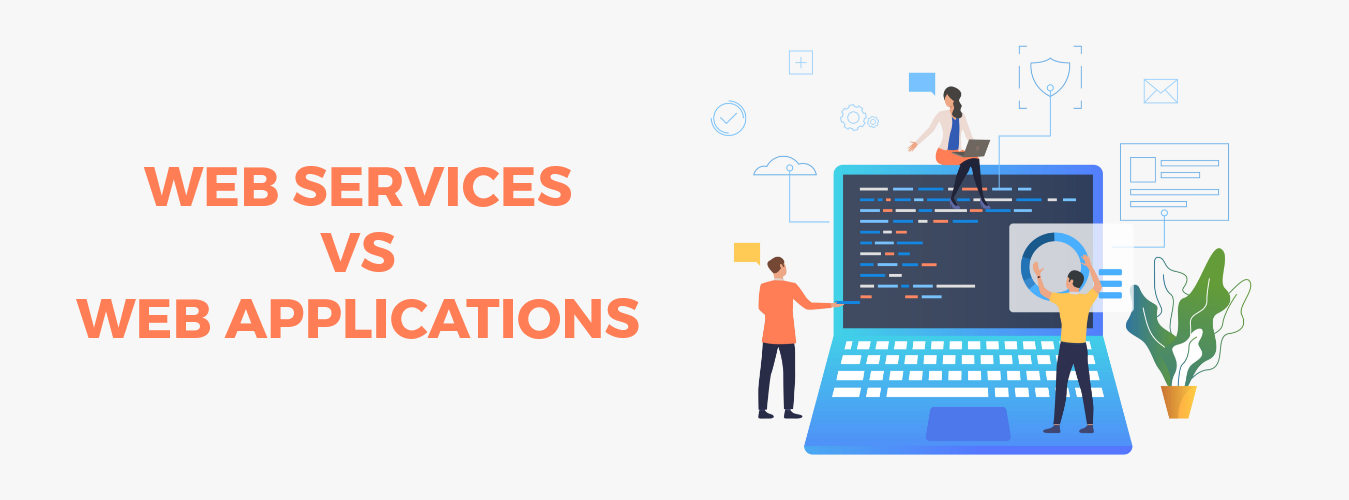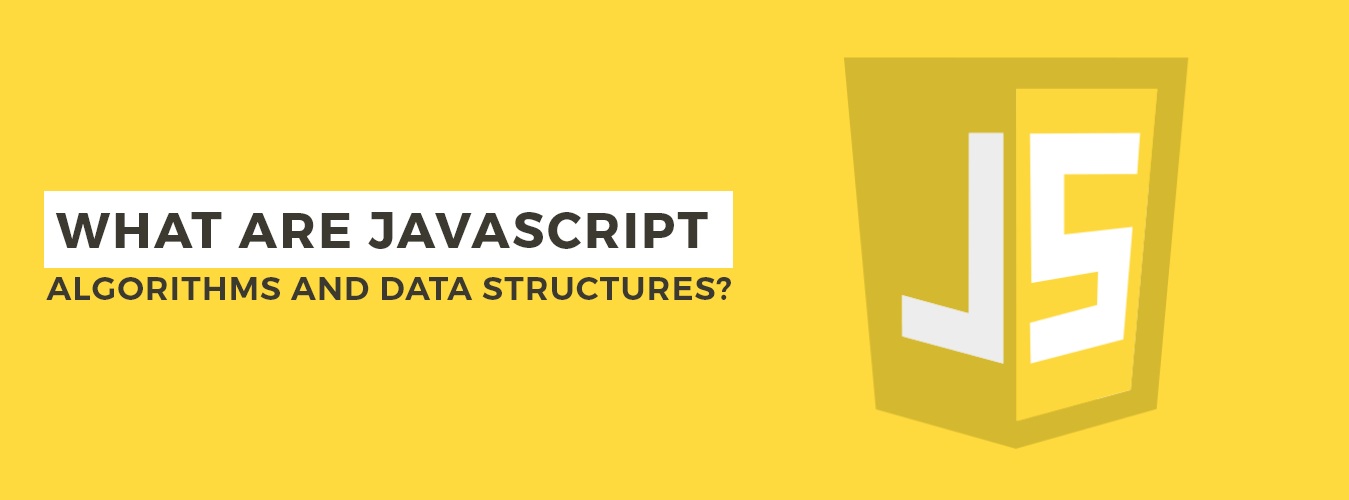The distinction between “web services” and “web applications” is sometimes blurred in today’s digital environment because the phrases are frequently used interchangeably. However, for anyone attempting to traverse the dynamic world of web development, it is imperative to comprehend the fundamental distinctions between web services and web apps.
The modern web is supported by two pillars, web services and web apps, which allow organizations and individuals to take advantage of the power of the internet. Despite having certain similarities, they serve different functions and have distinctive qualities that make them stand out.
In this blog article, we’ll set out on a trip to understand the distinctions between web application vs web service. We will examine their definitions, functionality, and use cases to clarify their distinct responsibilities within the web ecosystem. This investigation will provide you with a solid foundation to understand and appreciate the differences between these two essential online components, whether you’re a seasoned developer, an aspiring business owner, or simply interested in the mechanics of the web.
Crafting Your Ideal Mobile App/Experience Starts Here!
Ready to elevate your business? Your custom app is just a click away.
Yes Let’s goWhat Is A Web Service?
A web service is a software created to make it easier for various applications and systems to communicate and exchange data online. It offers a standardized method for various systems to communicate with one another, facilitating easy integration and interoperability.
A web service is fundamentally a collection of standards and protocols that specify a set of communication guidelines. These protocols use HTTP (Hypertext Transfer Protocol) for communication and XML (eXtensible Markup Language) or JSON (JavaScript Object Notation) for data representation.
The Representational State Transfer (REST) architectural style, which emphasizes a stateless and consistent interaction approach, is the most commonly used to design web services. This means that a collection of clearly defined and standardized activities, called methods or verbs, such GET, POST, PUT, and DELETE, is the foundation for web services. Clients can request and alter server-stored data using these techniques.
Web services can provide a range of functionalities, including:
- Data Retrieval: Clients can send a GET request to a web service to retrieve data from it. The service subsequently returns the requested data, typically in XML or JSON format.
- Data Submission: Clients can send a POST request to a web service to contribute data. The service handles data processing and carries out the required tasks.
- Data Update: Clients can change existing data by making a PUT request with the necessary information to the web service.
Web services can be created using a variety of programming languages and are compatible with various operating systems since they are platform-independent. They are perfect for developing scalable, interoperable applications that can easily communicate with one another thanks to their flexibility.
What Is A Web Application?
A web application, sometimes known as a web app, is software that works with web browsers or other web-enabled devices to provide users with interactive and dynamic functionalities through the internet. Web applications can be accessed through a web browser instead of traditional desktop applications, which must be installed locally on the user’s device and may not be compatible with all operating systems.
Web technologies like HTML (Hypertext Markup Language), CSS (Cascading Style Sheets), and JavaScript are used to build web apps, enabling web apps development company to build dynamic user interfaces and provide rich user experiences. Additionally, online applications frequently perform backend processing and database interactions using server-side programming languages like Python, Ruby, PHP, or Java.
Web applications can be categorized into two main types:
Client-Side Web Applications:
Most application functionality is executed on the user’s device by client-side web applications, also called frontend applications. Single-page applications (SPAs) and interactive web interfaces are two types of client-side web applications. To manage user interactions, work with the Document Object Model (DOM), and send asynchronous data requests to the server, they significantly rely on JavaScript.
Server-Side Web Applications:
Backend apps, also known as server-side web applications, do much of the server-side operations. They produce dynamic web pages or responses based on user requests and deliver the generated content to the client’s browser. Server-side web applications frequently communicate with databases, handle session management and authentication, and execute business logic. Social media websites, e-commerce platforms, and content management systems (CMS) are typical examples of server-side web applications.
Platform independence (available from any device with a web browser), quicker deployment (no need for manual installations on user devices), and centralized data administration are just a few benefits of web applications. They also allow real-time updates, collaborative workflows, and seamless fusion with other online services and APIs.
Thanks to the growing popularity and improvements of web technologies, web applications are becoming an essential part of many organizations. They offer services like social networking, media streaming platforms, online shopping, and productivity tools. Web apps are a strong and popular choice for many businesses because of their ability to give functionality across numerous platforms and the simplicity of maintenance and upgrades.
Major Differences: Web Services vs. Web Applications
Web application vs web service are distinct entities in web development, serving different purposes and exhibiting unique characteristics. Let’s explore the key differences between these two concepts:
Purpose and Functionality
Web Services
Web services largely facilitate data sharing and communication between various applications or systems. They offer a standardized method for various systems to communicate with each other and share data online. Web services are frequently used for integration tasks because they enable programs to access and modify data on distant servers.
Web Applications
On the other hand, web apps are software programs that run on web browsers or web-enabled devices. Their primary goal is to provide users with interactive and dynamic functions. Web apps are used to execute specialized tasks, such as online shopping, social networking, or content management, and are accessed using web browsers.
Also Read: Web App Development: 7 Steps to Creating Amazing Apps
Interaction and User Interface
Web Services
Numerous clients, such as web applications, mobile applications, or other web services, can use web services. In most cases, web services lack a direct user interface. They are generally concerned with giving information or functionality to other programs or systems. Programmatically, requests are sent to web services, and the services respond by returning data in a structured format, like XML or JSON.
Web Applications
Web apps include a user interface that allows communication with users directly. Through web browsers, they are intended to offer a captivating and interactive experience. Web apps need HTML, CSS, and JavaScript to build user interfaces and provide functionality like form input, data validation, user authentication, and real-time updates.
Development Approach
Web Services
Different programming languages and frameworks can be used to create web services. Web services are often developed following established protocols and standards, such as REST (Representational State Transfer) or SOAP (Simple Object Access Protocol). To guarantee interoperability and platform freedom, these standards describe the organizational structure and communication patterns of web services. Differen
Web Applications
For the frontend (client-side) development of web applications, web technologies like HTML, CSS, and JavaScript are used. Programming languages like Python, Ruby, PHP, or Java, as well as frameworks and libraries, are frequently used in backend (server-side) development to handle server-side processing, database interactions, and business logic.
Scope and Deployment
Web Services
Web services are made to be reusable, modular parts that offer particular capabilities or data. They can be independently installed and used by various applications or systems. In service-oriented architectures (SOA), where various services collaborate to deliver complex capabilities, web services are frequently employed.
Web Applications
Web apps are independent software programs that are often distributed as a whole. End consumers immediately access them via web browsers. Several users can access web applications at once and need to be hosted on a web server.
Benefits Of Web Services
Web services offer some benefits over traditional application development methods. Some of the key benefits of web services include:
- Reusability: Web services can be reused in multiple applications, saving time and money.
- Scalability: Web services are scalable and can be easily adapted to meet changing needs.
- Interoperability: Web services are interoperable, which can be used to communicate with other web services.
- Standardization: Web services are based on open standards, which makes them easy to understand and use.
Benefits Of Web Applications
Web applications offer some benefits over traditional application development methods. Some of the key benefits of web applications include:
- Ease of use: Web applications are easy to use, even for users with limited technical knowledge.
- Accessibility: Web applications can be accessed from anywhere with an internet connection.
- Updatability: Web applications can be easily updated, meaning users always have the latest features and bug fixes.
- Cost-effectiveness: Web applications can be developed and deployed quickly and easily, saving time and money.
When To Use Web Services And Web Applications
Depending on the application’s individual needs, certain technology may be the best solution. Web services are generally viable for applications that must be scalable, interoperable, and built on open standards. Web apps are suitable for programs that must be user-friendly, accessible, and current.
It might be conceivable in some circumstances to combine the use of web services and web apps. A web service might be used, for instance, by a web application to obtain data or carry out a task. Getting the best of both worlds can be accomplished in this way.
Real World Examples
Here are some examples of how web services and web applications are used in the real world:
- E-commerce: To interact with payment processors, delivery providers, and inventory management systems, many e-commerce websites use web services. This enables them to manage inventories and execute payments, shipping, and tracking in real time.
- Social media: Website services are used by social media sites like Facebook and Twitter to let users share material, connect with friends, and create communities.
Conclusion
Two strong technologies that can be utilized to build a wide range of applications are web services and web applications. You can select the best technology for your unique demands by being aware of the main distinctions between the two technologies.
Crafting Your Ideal Mobile App/Experience Starts Here!
Ready to elevate your business? Your custom app is just a click away.
Yes Let’s go







